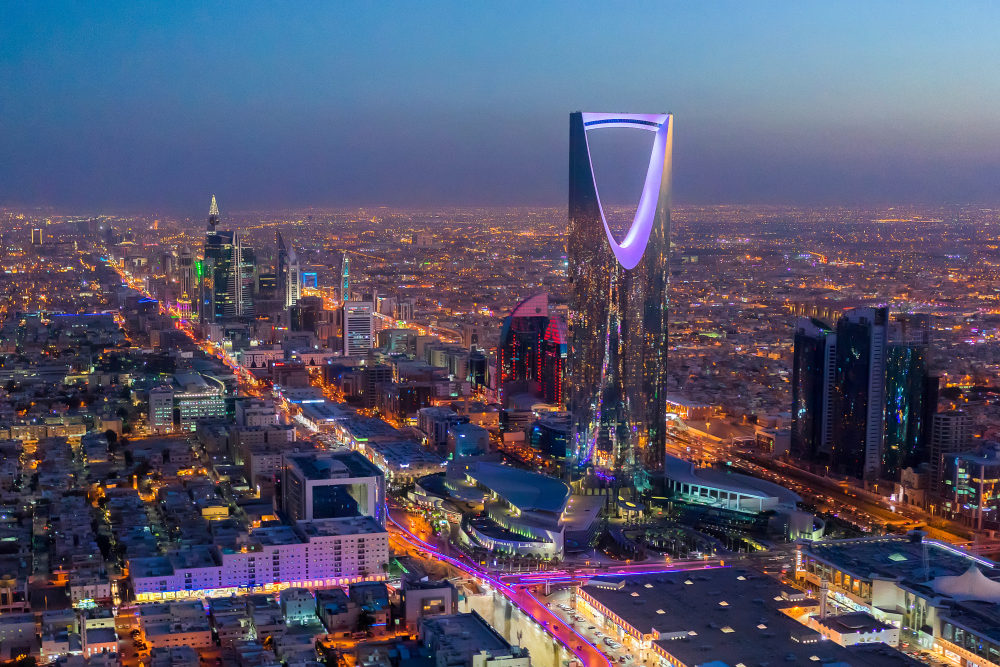The Saudi Green Initiative: A Vision for a Greener Future Launched in 2021 under the leadership of Crown Prince Mohammed bin Salman, the SGI is a cornerstone of Saudi Arabia’s Vision 2030. It seeks to transform the Kingdom’s landscape by increasing vegetation cover, reducing carbon emissions, and preserving natural habitats. The initiative’s goals include planting 10 billion trees and rehabilitating 74.8 million hectares of degraded land over the coming decades .
Phased Implementation Strategy
The SGI’s tree-planting roadmap is structured into two primary phases:
- Phase 1 (2024–2030): Focuses on nature-based solutions, targeting the planting of over 600 million trees and the rehabilitation of approximately 3.8 million hectares of land .
- Phase 2 (Post-2030): Emphasizes human-driven environmental rehabilitation, aiming to continue the afforestation efforts to reach the ultimate goal of 10 billion trees .
This initiative represents 1% of the global reforestation target and 20% of the Middle East Green Initiative’s goal to plant 50 billion trees across the region .
Strategic Planning and Scientific Approach
A comprehensive two-year feasibility study, involving over 1,150 field surveys, was conducted to identify suitable locations and species for planting. The study considered various environmental factors, including soil quality, water availability, temperature, and elevation, to ensure the sustainability of the afforestation efforts .
The initiative prioritizes urban areas, highways, and green belts, aiming to improve air quality and reduce urban temperatures by up to 2.2°C .
Progress and Milestones
Between 2017 and 2023, Saudi Arabia successfully planted over 41 million trees, laying the groundwork for the larger-scale efforts outlined in the SGI . By the end of 2024, the number of trees planted had surpassed 100 million, demonstrating significant progress towards the 2030 target .
The SGI also encompasses broader environmental goals, such as reducing carbon emissions by 278 million tons annually by 2030 and protecting 30% of the country’s land and marine areas .
Addressing Challenges with Innovation
Implementing such a vast afforestation project in an arid climate presents significant challenges, including water scarcity and extreme temperatures. To address these, the initiative incorporates sustainable irrigation methods and selects drought-resistant native tree species .
Innovative solutions, such as the development of carbon-rich compost from chicken manure, are being explored to enhance soil fertility and support tree growth in desert conditions .
Global and Regional Impact
The Saudi Green Initiative positions the Kingdom as a leader in regional environmental efforts, aligning with the Middle East Green Initiative’s broader objectives. It also contributes to global climate action by enhancing carbon sequestration and promoting biodiversity .
Urban Greening: The Case of Riyadh
As part of the SGI, the Green Riyadh project aims to plant 7.5 million trees across the capital city, utilizing 72 local tree species adapted to the region’s climate. This urban greening effort is expected to improve air quality, reduce urban temperatures, and enhance the overall quality of life for residents .
Conclusion
Saudi Arabia’s commitment to planting 10 billion trees underscores a significant shift towards environmental sustainability and climate resilience. Through strategic planning, scientific research, and international collaboration, the Kingdom aims to transform its landscapes and set a precedent for large-scale ecological restoration.


